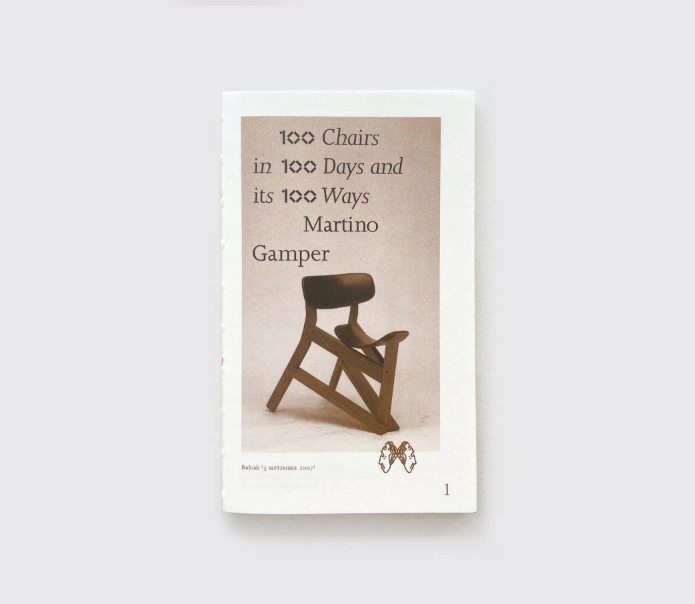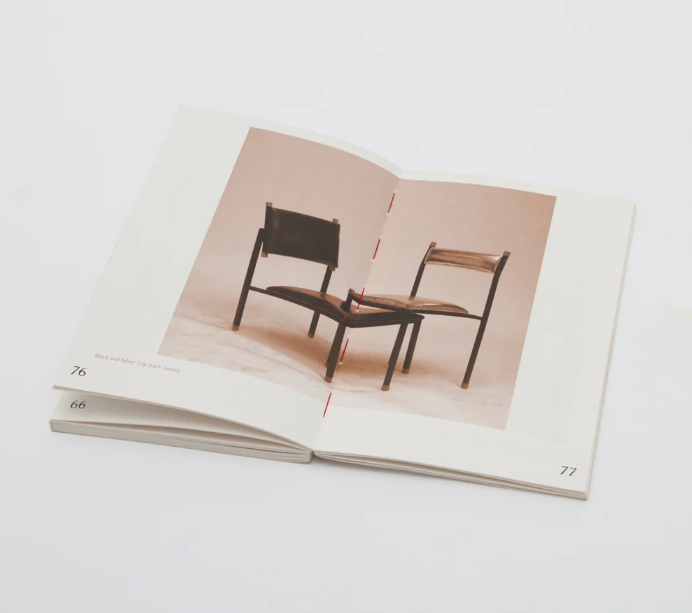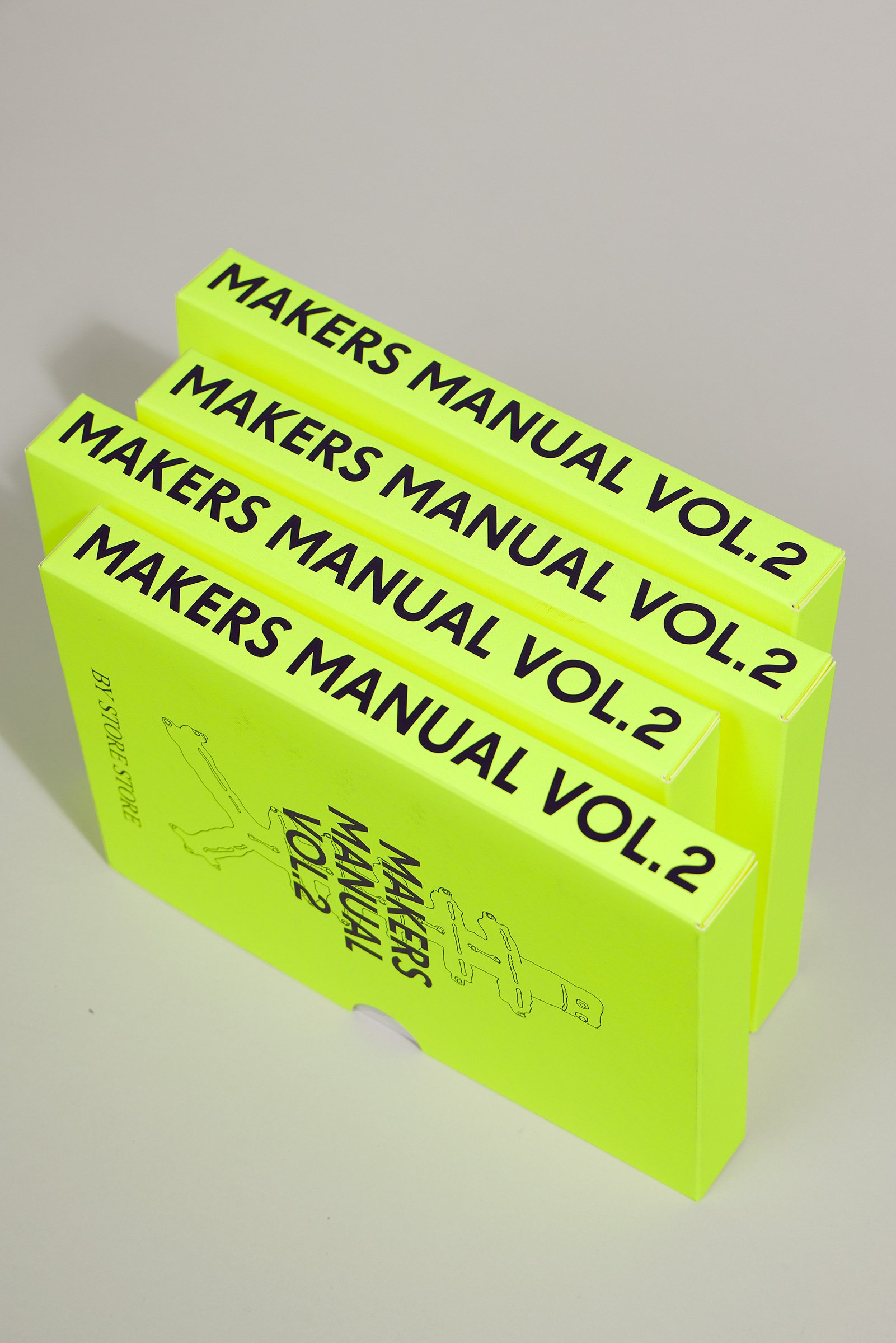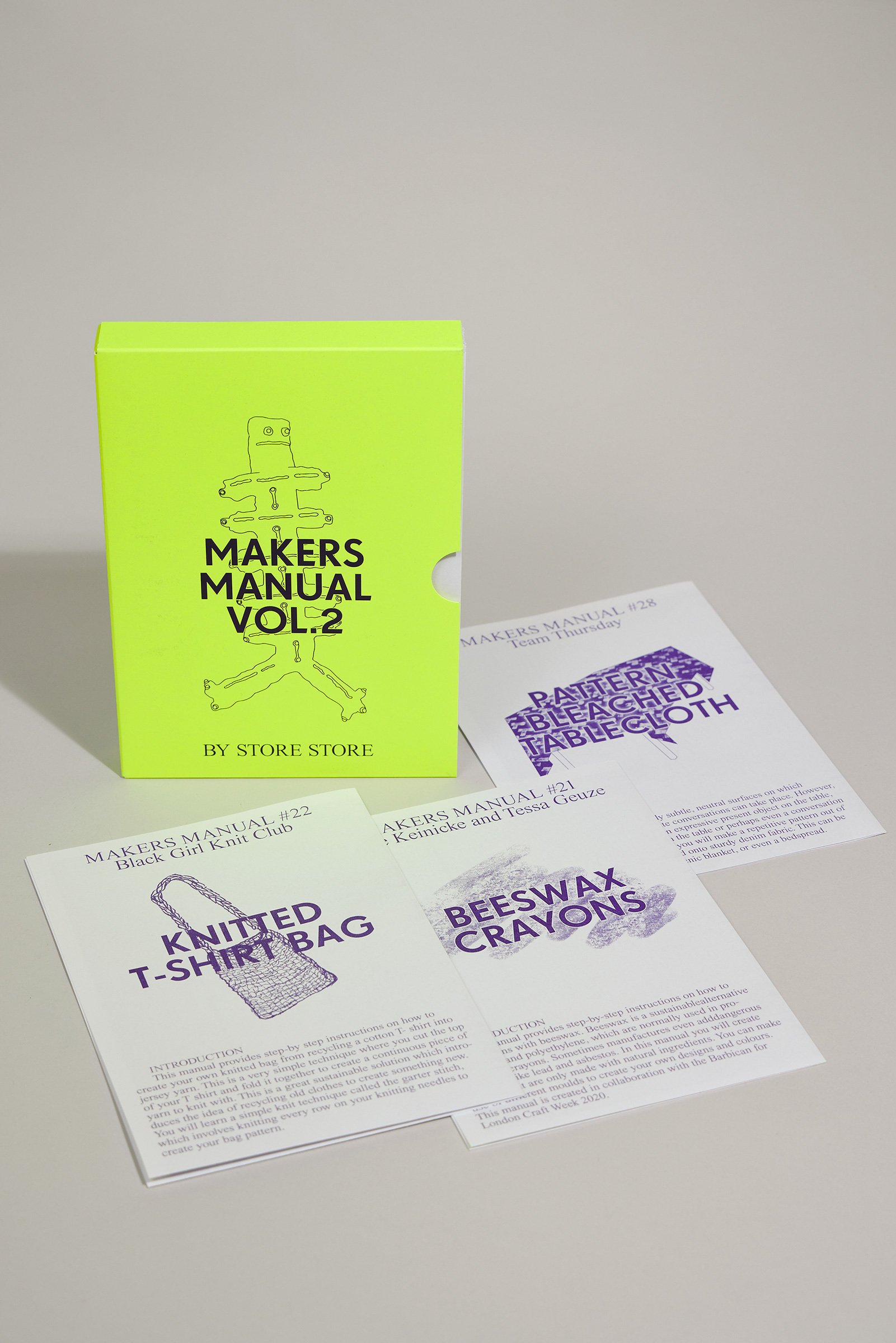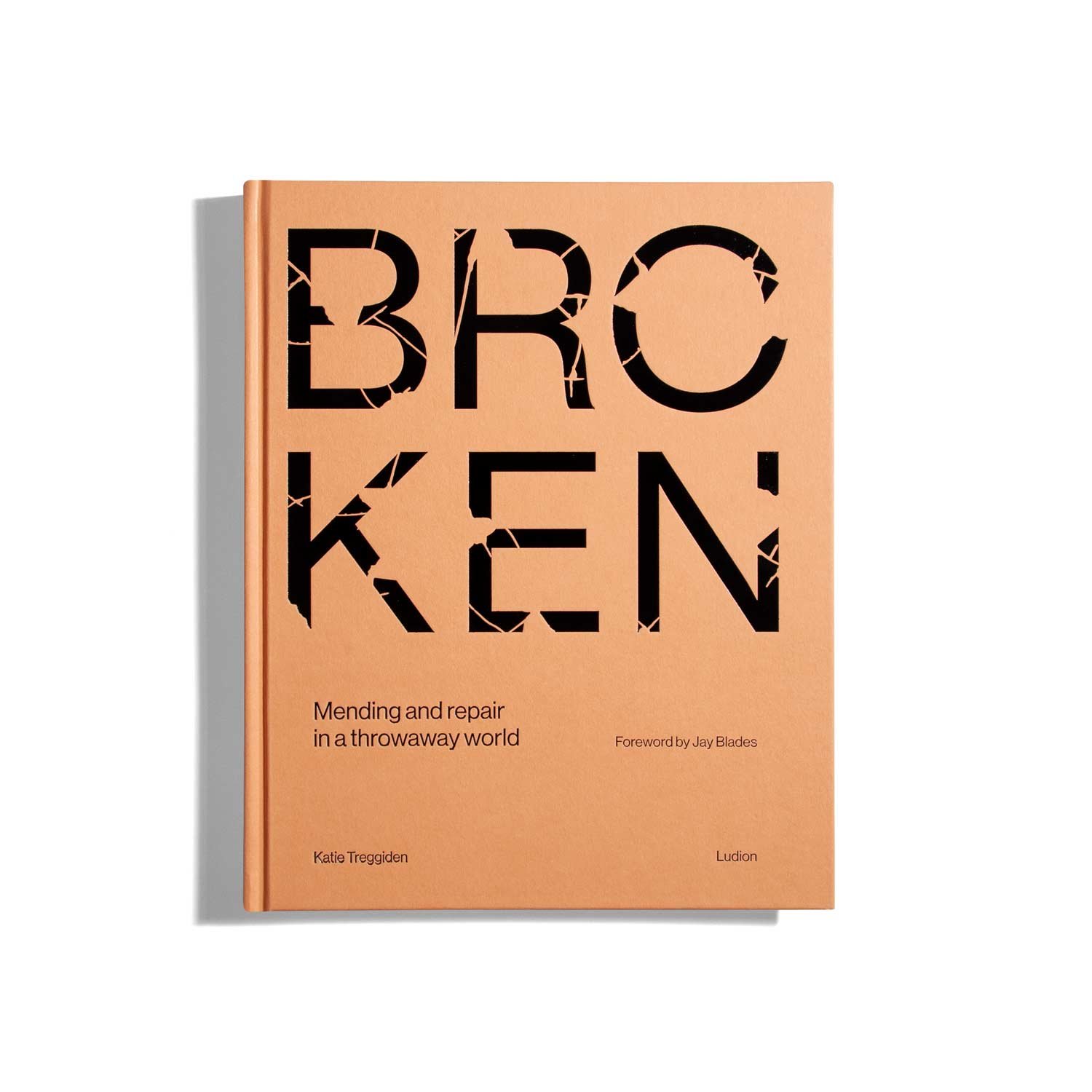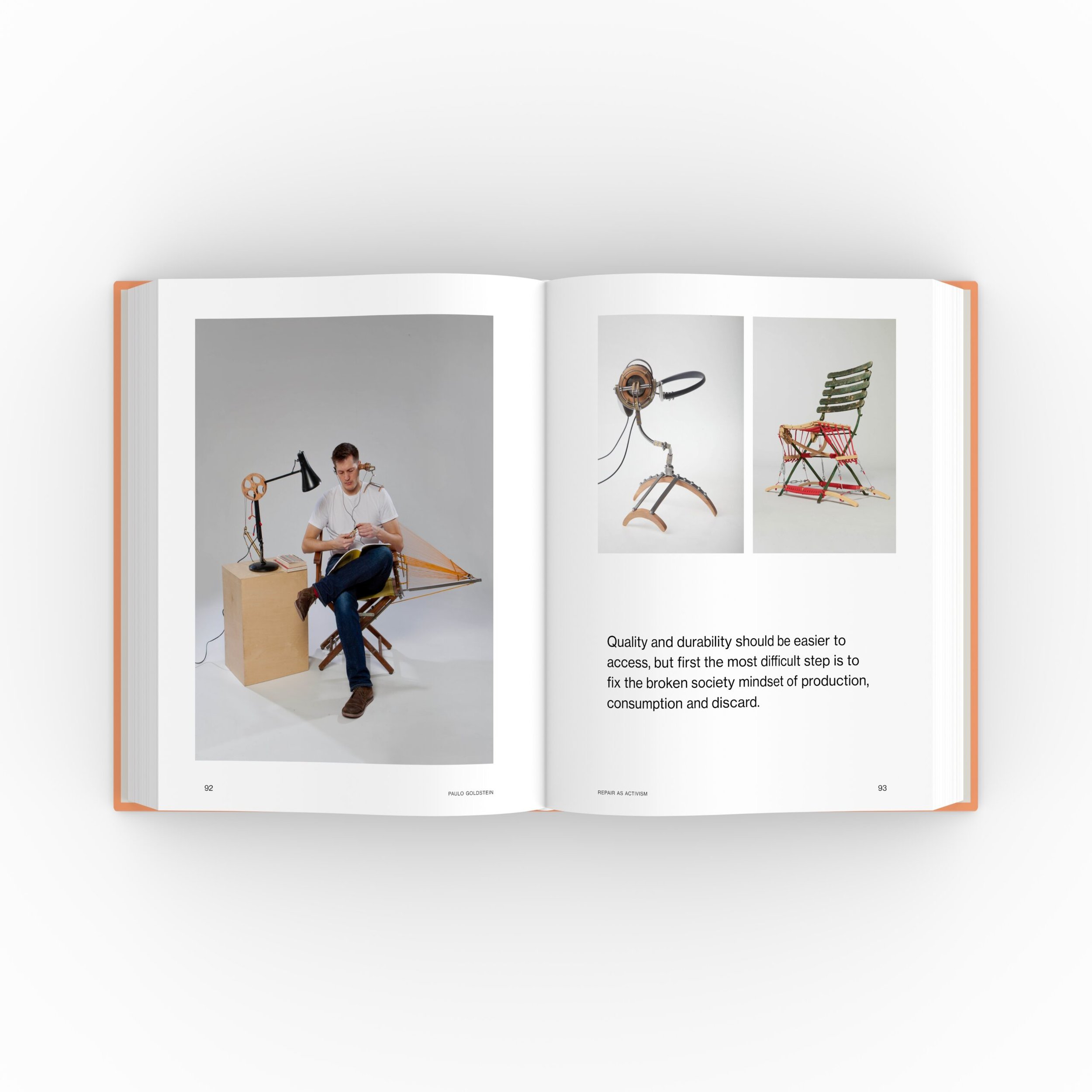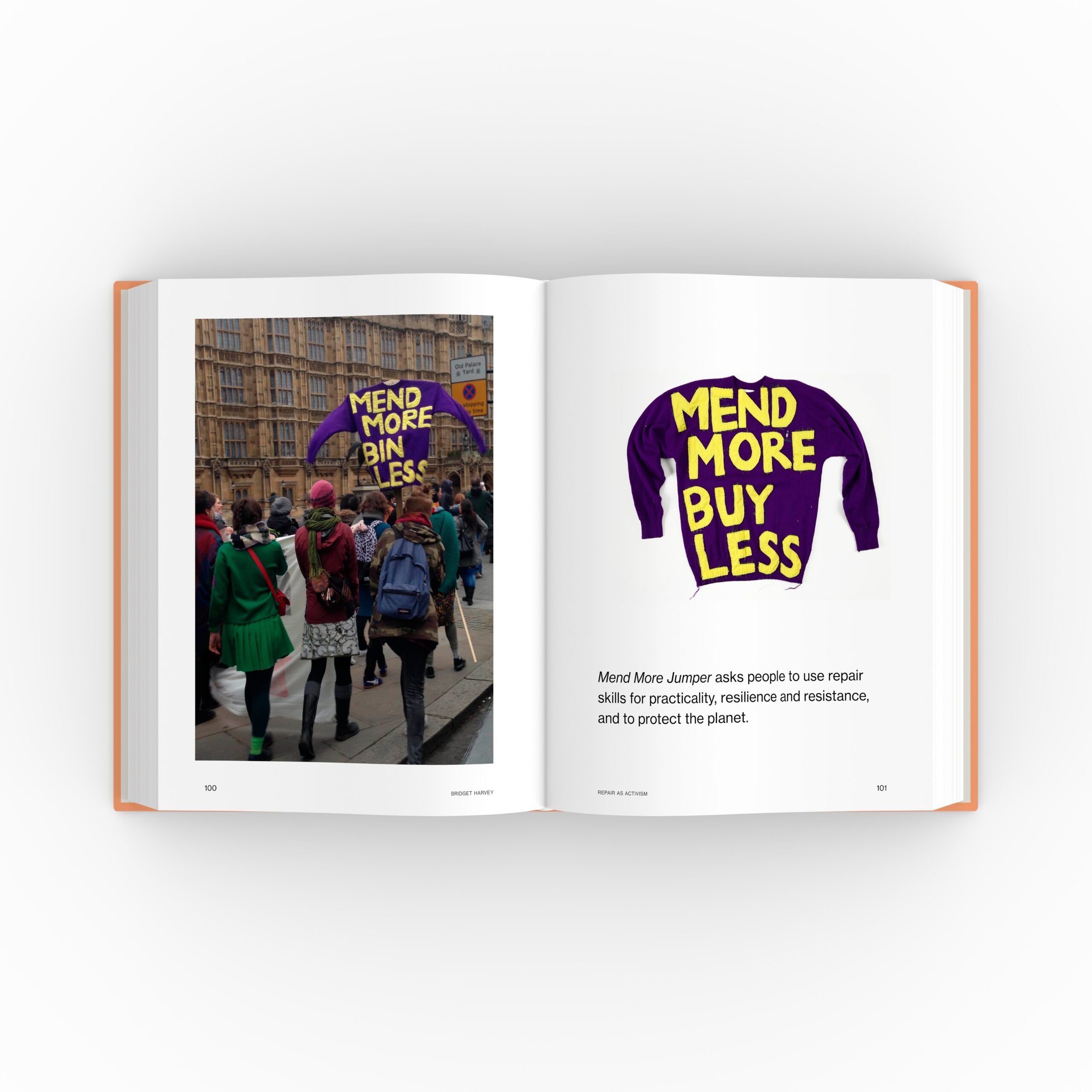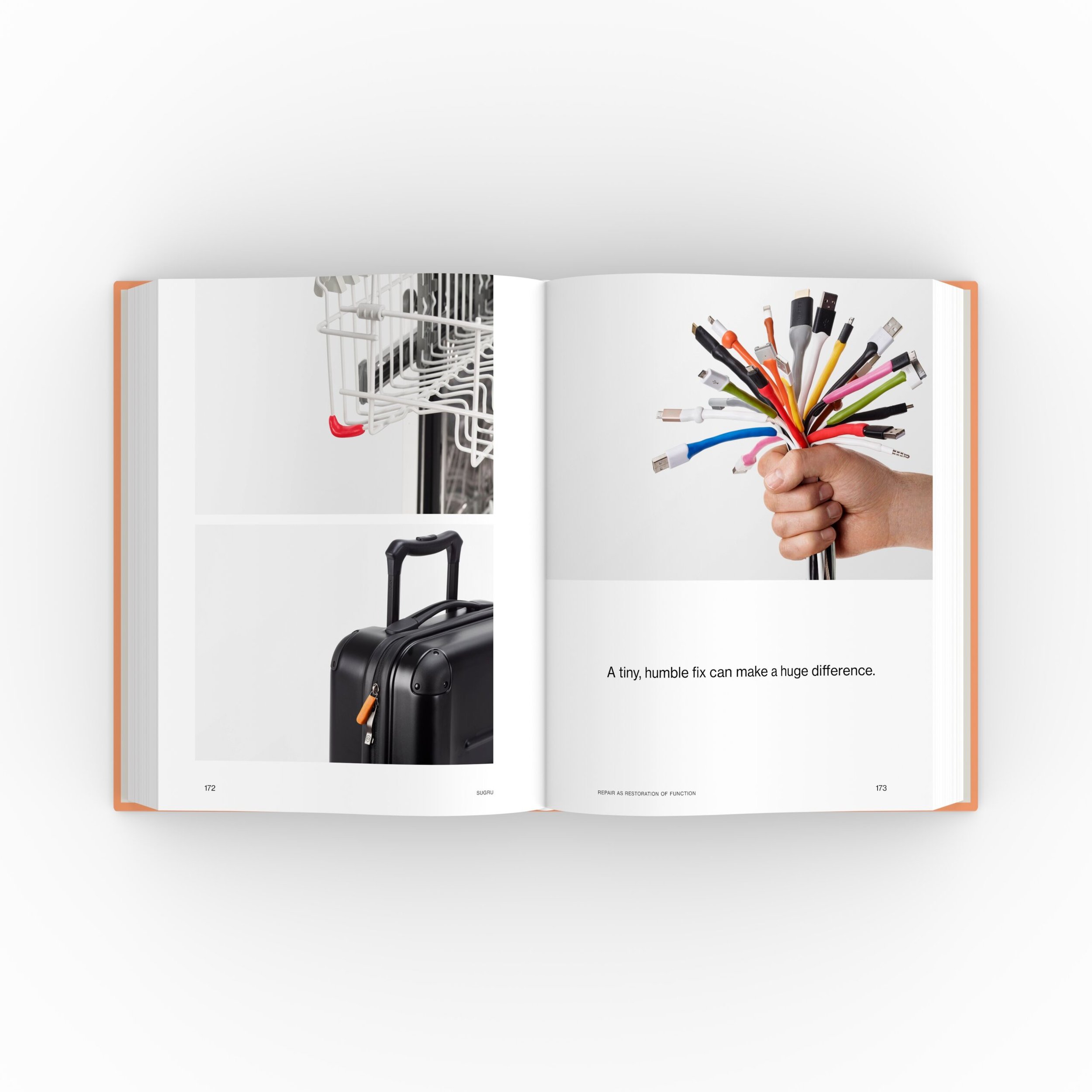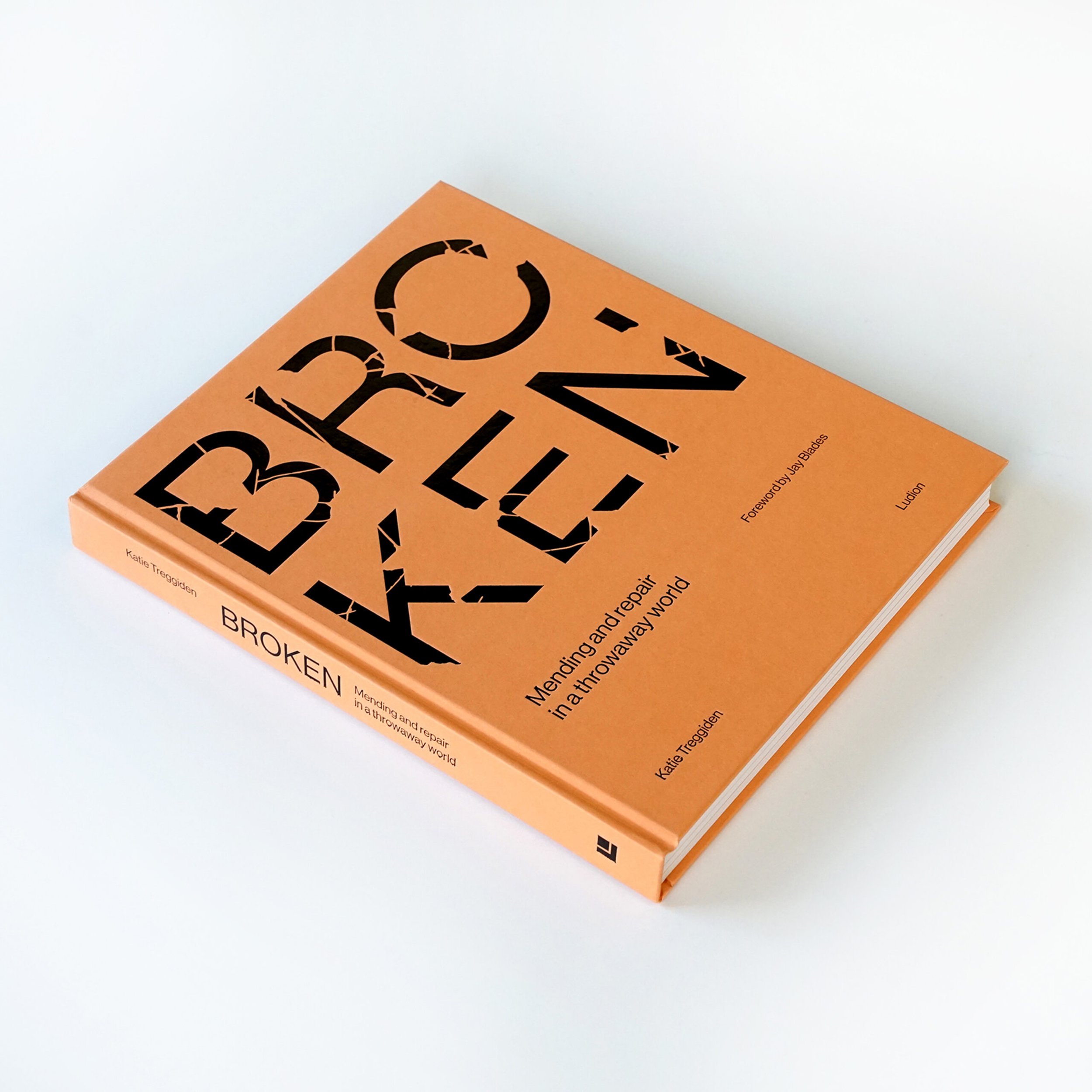 Image 1 of 1
Image 1 of 1


POTS by Robert Auguste & Gyn Gausserand
Gyn Gausserand and Robert Auguste met in 1948 at the Fontcarrade pottery school in Montpellier. They shared the same studio throughout their lives; first in Vallauris with the whole gang (Capron, Derval, Kostanda, Picasso of course, Picault, Ramié, etc.), then in Millau, and finally in Pouzilhac where they settled in a studio house to work more and better - to create their world. This book is an opportunity to shed light on a pottery workshop that was active for nearly seventy years, from the early 1950s until 2017, by highlighting its technical, ideological and cultural aspects.
All products made during the After School Club are sold with royalties going to a cause of the students choice and other proceeds supporting our educational programme.
Gyn Gausserand and Robert Auguste met in 1948 at the Fontcarrade pottery school in Montpellier. They shared the same studio throughout their lives; first in Vallauris with the whole gang (Capron, Derval, Kostanda, Picasso of course, Picault, Ramié, etc.), then in Millau, and finally in Pouzilhac where they settled in a studio house to work more and better - to create their world. This book is an opportunity to shed light on a pottery workshop that was active for nearly seventy years, from the early 1950s until 2017, by highlighting its technical, ideological and cultural aspects.
All products made during the After School Club are sold with royalties going to a cause of the students choice and other proceeds supporting our educational programme.

